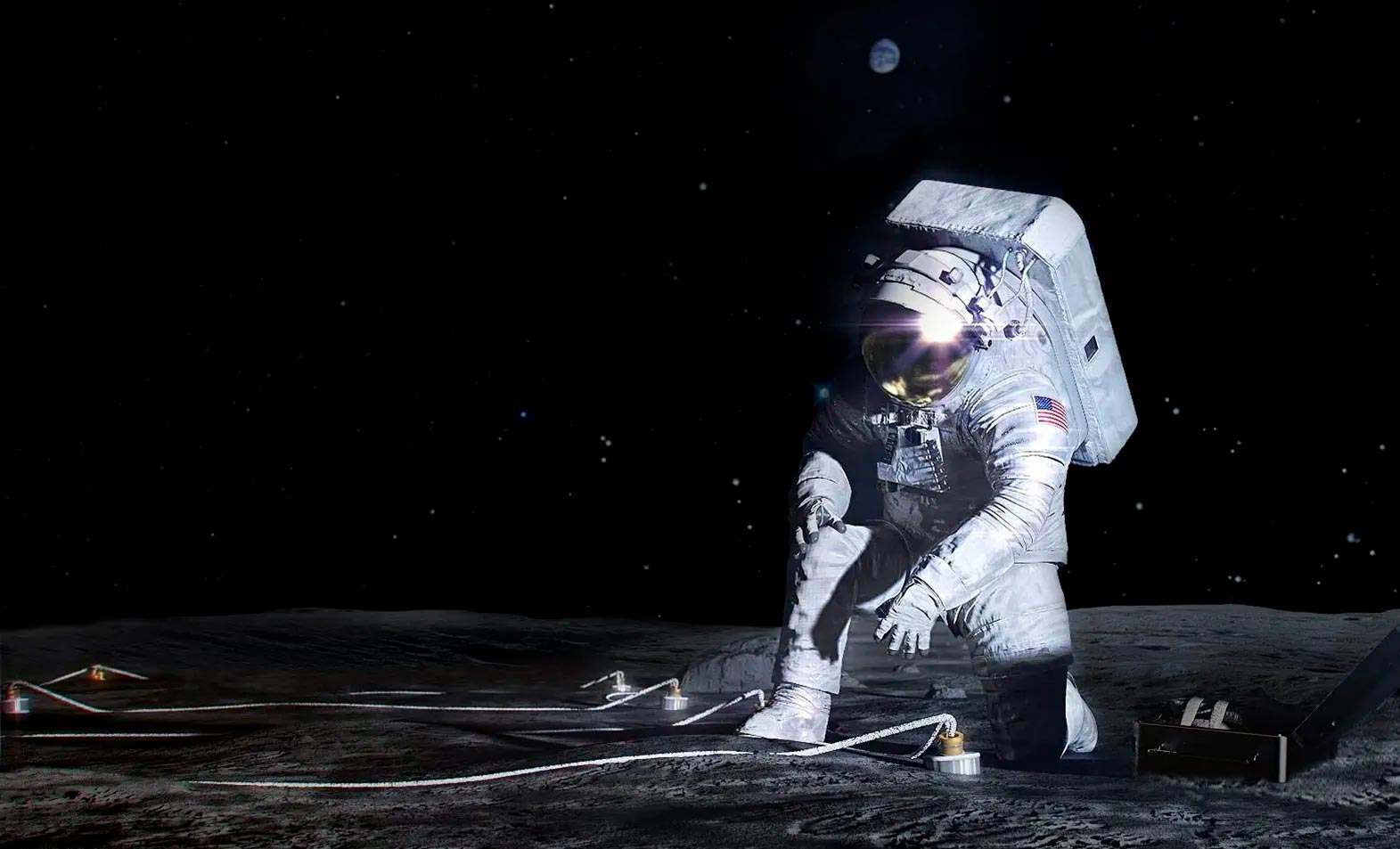


The NASA Volatiles Investigating Polar Exploration Rover (VIPER) has reached a significant milestone in its preparation for its lunar mission. The rover has successfully raised its mast, which is equipped with a suite of instruments to aid in navigating the lunar South Pole's terrain. Standing at eight feet above the wheel rims, the mast features stereo navigation cameras, LED headlights, and antennas for communication with Earth. This development marks an important step forward for the VIPER mission, as it brings the rover closer to its goal of scouting the lunar South Pole, studying the environment, and uncovering the origins of lunar water and other resources. VIPER is set to launch aboard Astrobotic's Griffin lunar lander on a SpaceX Falcon Heavy rocket [da1a7dd7].
The successful deployment of the mast highlights the ongoing progress and collaboration between NASA, Astrobotic, and SpaceX in their joint efforts to explore the Moon. The VIPER rover, with its advanced suite of instruments, will play a crucial role in expanding our understanding of the lunar environment and the potential resources it holds. By studying the South Pole region, VIPER will provide valuable insights into the presence and distribution of water ice on the Moon, which could be crucial for future human missions and the establishment of a sustainable lunar presence. This mission represents another step towards NASA's Artemis program, which aims to return humans to the Moon by 2024 [da1a7dd7].
In addition to the VIPER rover, NASA's Artemis III mission will deploy three scientific instruments on the Moon's South Pole to study its environment, geology, and potential for supporting life. The instruments include the Lunar Environment Monitoring Station (LEMS), the Lunar Effects on Agricultural Flora (LEAF), and the Lunar Dielectric Analyzer (LDA). LEMS is a seismometer suite designed to monitor ground motion from moonquakes and characterize the regional structure of the Moon's crust and mantle. LEAF will investigate the effects of the lunar surface environment on plant growth and development, providing insights into using plants for human nutrition and life support on the Moon. LDA will measure the regolith's ability to propagate an electric field and search for lunar volatiles, such as ice. These instruments will contribute to understanding planetary processes, lunar polar volatiles, and exploration risks. The Artemis III mission is targeted to launch in 2026 [dbf2dd5a].